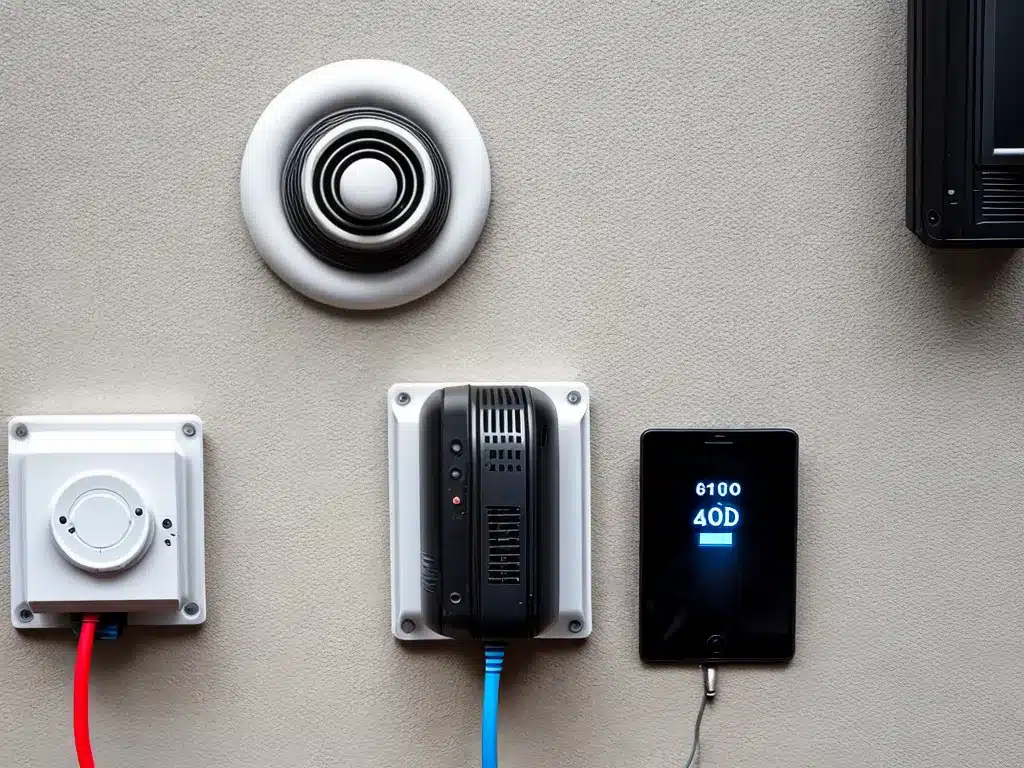
Having a slow or unstable Wi-Fi connection can be incredibly frustrating. However, there are several steps you can take to diagnose and hopefully resolve the issue. Here is a guide on how I troubleshoot Wi-Fi problems:
Check the Router
The first thing I do is check the router itself. I make sure that the router is powered on and that any cables are securely connected. I also look to see if the router’s status lights indicate any issues. For example, if the WAN light is not lit, there may be a problem with the connection to your modem.
I may also try rebooting the router by unplugging it from power for 30 seconds and plugging it back in. Rebooting can often fix minor software glitches.
Try Moving Closer to the Router
I then move my computer or device closer to the router to see if signal strength improves. I try to eliminate walls and obstacles between my device and the router. This helps determine if the issue is related to wireless signal strength or interference.
If the connection improves significantly when I am near the router, the problem could be:
- Weak signal – The router placement may need optimization.
- Interference – Other devices, appliances, or thick walls could be blocking the signal.
Check for Interference
Interference from other wireless networks or devices can impact Wi-Fi performance. To check for interference, I use a Wi-Fi analyzer app to detect nearby networks and the channels they are using.
I then adjust my router’s channel to an unused or clearer channel to see if it helps. Using 5 GHz instead of 2.4 GHz may also help reduce interference.
Update Router Firmware
Outdated router firmware can cause connectivity and speed issues. I log into my router administration page and check the current firmware version. I then visit the manufacturer’s website to see if a newer firmware is available. Updating to the latest firmware only takes a few minutes and can optimize performance.
Reset Network Adapter Settings
For problems specific to one computer or device, I reset the network adapter settings. On Windows 10, I open the Network Status page and click “Network reset.” This reinstalls the wireless drivers and clears any problematic custom settings.
Test With Multiple Devices
To determine if the issue is isolated to one device, I run speed tests and browse the web using different computers, phones, and tablets on my network.
If all devices have speed/connectivity problems, the issue likely lies with the router or network itself. But if only one device has trouble, it may be a device-specific problem.
Contact ISP if Issue Persists
If I have tried all of the above troubleshooting steps and the Wi-Fi is still slow or dropping, I contact my internet service provider. There could be an issue with the modem, the ISP connection itself, or the ports and settings they use.
The ISP can run diagnostics on their end to check for problems. They may also send a technician to thoroughly inspect the modem and cabling on my property if needed.
In summary, troubleshooting Wi-Fi starts with simple steps like checking hardware connections and rebooting. But I may also need to analyze interference, update firmware, reset network adapters, and contact my ISP if problems persist. Taking a patient, systematic approach usually helps uncover the cause of most wireless issues.












